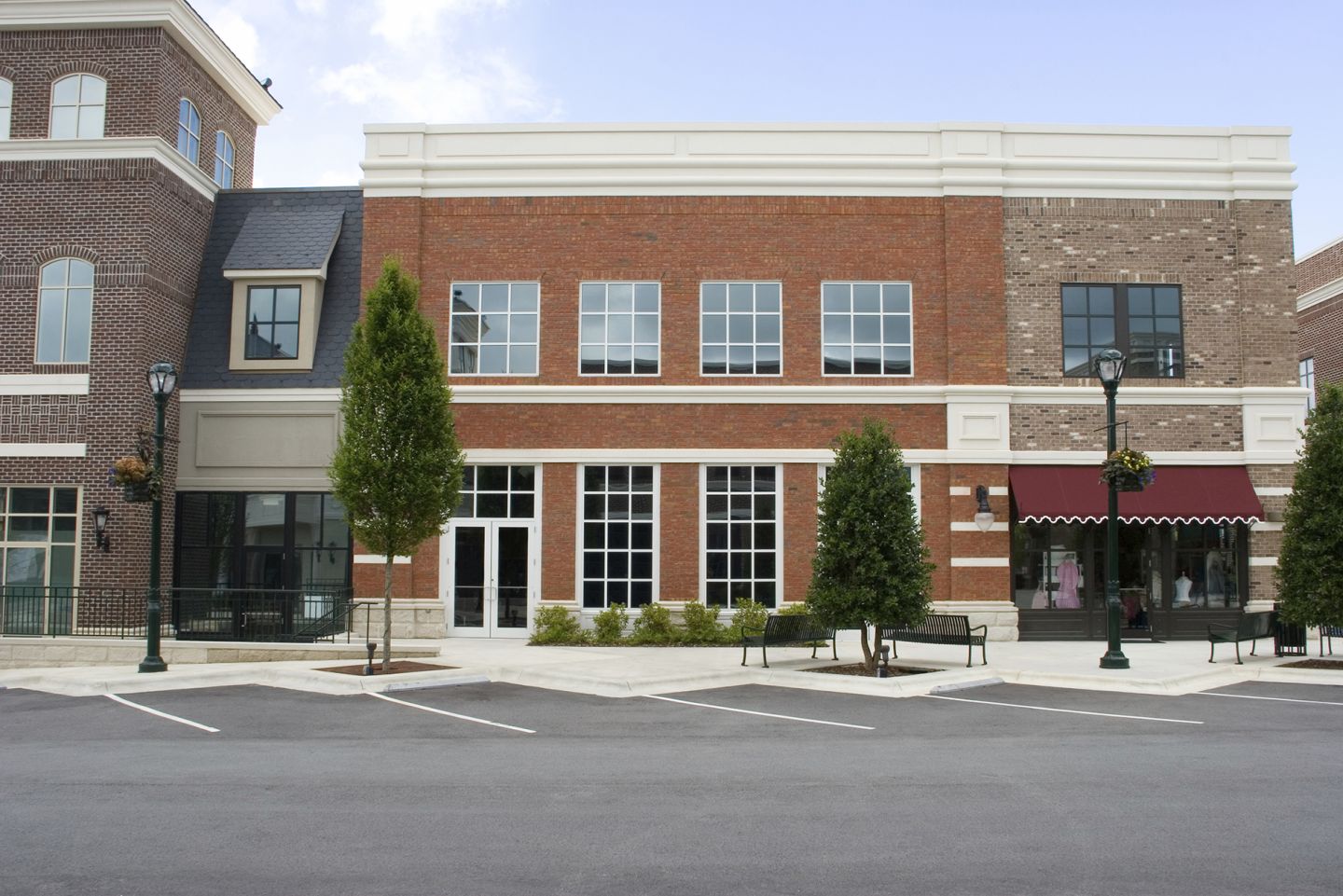Cannibalization: the pesky reality that puts a damper on growth by hurting sales at your existing locations and clouds your decision making as well as your results.
Because when this awful word gets thrown around in business contexts, many decision-makers shut down or seriously alter projects because of fears of ending up on the chopping block.
It’s not that these fears are unfounded; it’s a critical concern for all organizations. But, being overly apprehensive can curtail substantial growth opportunities.
When you get right down to it, every retailer wants to find that happy medium of avoiding cannibalization while simultaneously maintaining active growth strategies – but how?
Can·ni·bal·i·za·tion - noun
In the retail real estate world, cannibalization occurs when sales at an existing store decrease because some customers begin shopping at a new nearby store.
It can also occur when shoppers at an existing retail channel begin shopping at a new wholesale channel, and vice versa. And in franchise business models, it can hurt relationships with franchisees if a new territory is sold too close to an existing territory.
Basically, cannibalization means that adding a new store might not result in the level of growth you anticipated.
But, it’s not just retailers who are affected by cannibalization. Cannibalization also impacts restaurants, CPG manufacturers, and even healthcare providers.
Cannibalization Be Gone
So how does an organization minimize the negative effects of cannibalization?
The answer is simple: understand the true market potential of the trade area and optimize the locations of distribution channels to capture all sales potential without over-saturating the market.
The answer may be simple, but the execution is not.
How do you define “trade area?” What is the true market potential? How far apart do distribution channels need to be to prevent significant cannibalization?
The reality is that there are several methodologies for predicting cannibalization levels. There’s not a “one size fits all approach,” which is why most retailers will be best served by turning to an analytics partner that understands all the methodologies and can determine which one is best for your unique business model.
That’s where Buxton comes in.
How Does It Work?
By building cannibalization projections into our retail and healthcare models, our clients have access to a powerful decision-making tool that allows them to forecast performance based on various placement scenarios, identify the optimal number of locations for each market, and forecast performance for new types of concepts.
For example, one automotive repair franchise system uses Buxton’s cannibalization projections in their operator agreements with franchisees. The agreement sets a maximum allowable cannibalization threshold based on Buxton’s projections and is an important factor in selling and justifying new franchise territories.
Another client uses a unique cannibalization projection that shows the impact between wholesale and retail distribution channels. For them, it’s not only important to know how company-owned stores cannibalize each other, but it’s also important to understand how third-party channels (like Wal-Mart) cannibalize sales at company stores.
The cannibalization projections are one of many factors in Buxton’s site scoring system, which provides a fast, easy-to-understand recommendation on potential locations in just a few clicks.
Are You Ready To Take Control Of Cannibalization?
We should talk if you’re interested in learning more about how our solutions can help you maximize sales for your entire portfolio while minimizing cannibalization.


